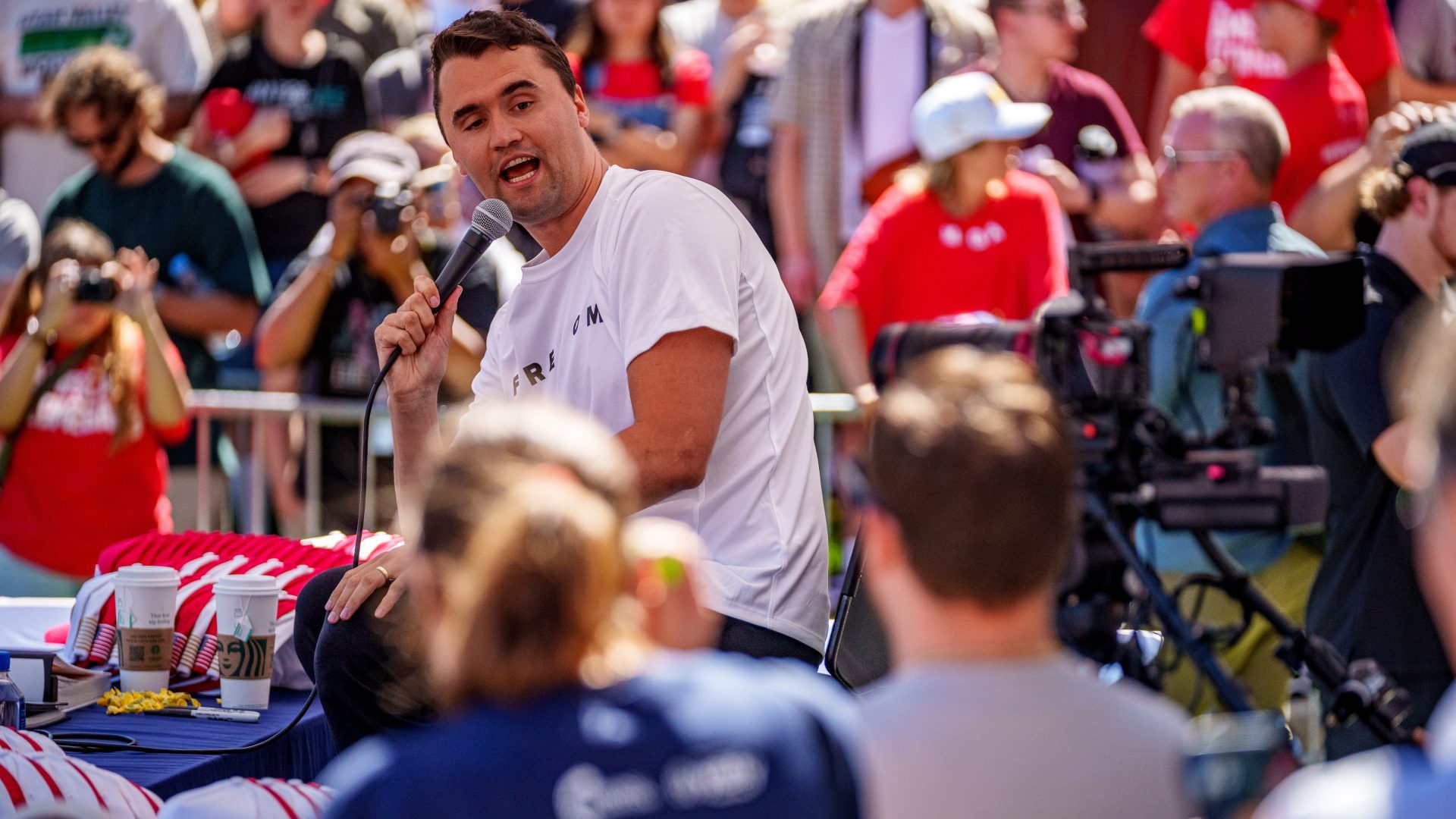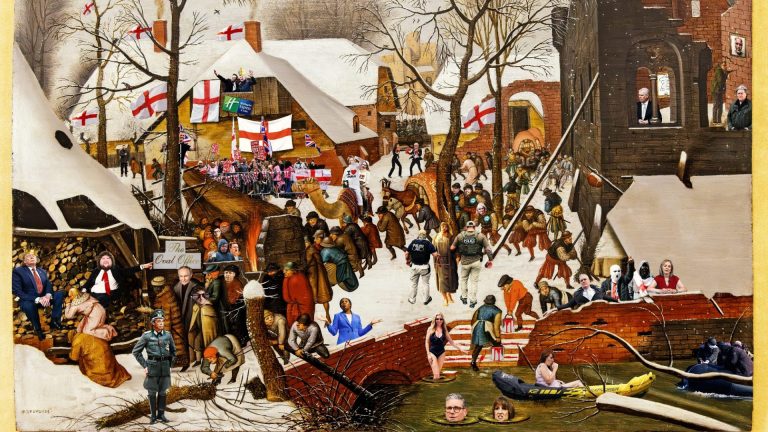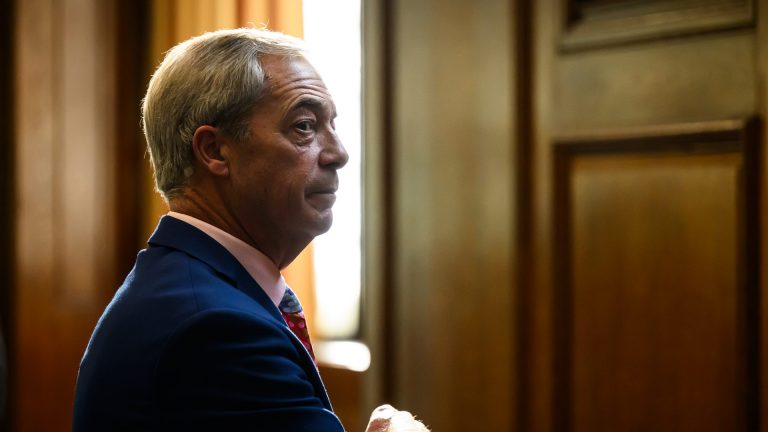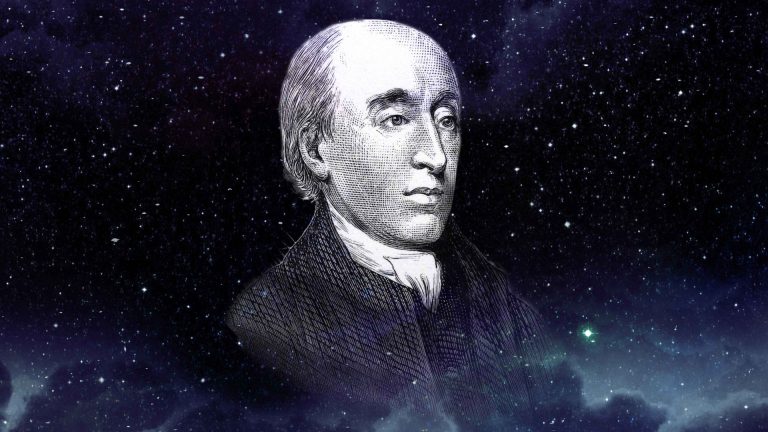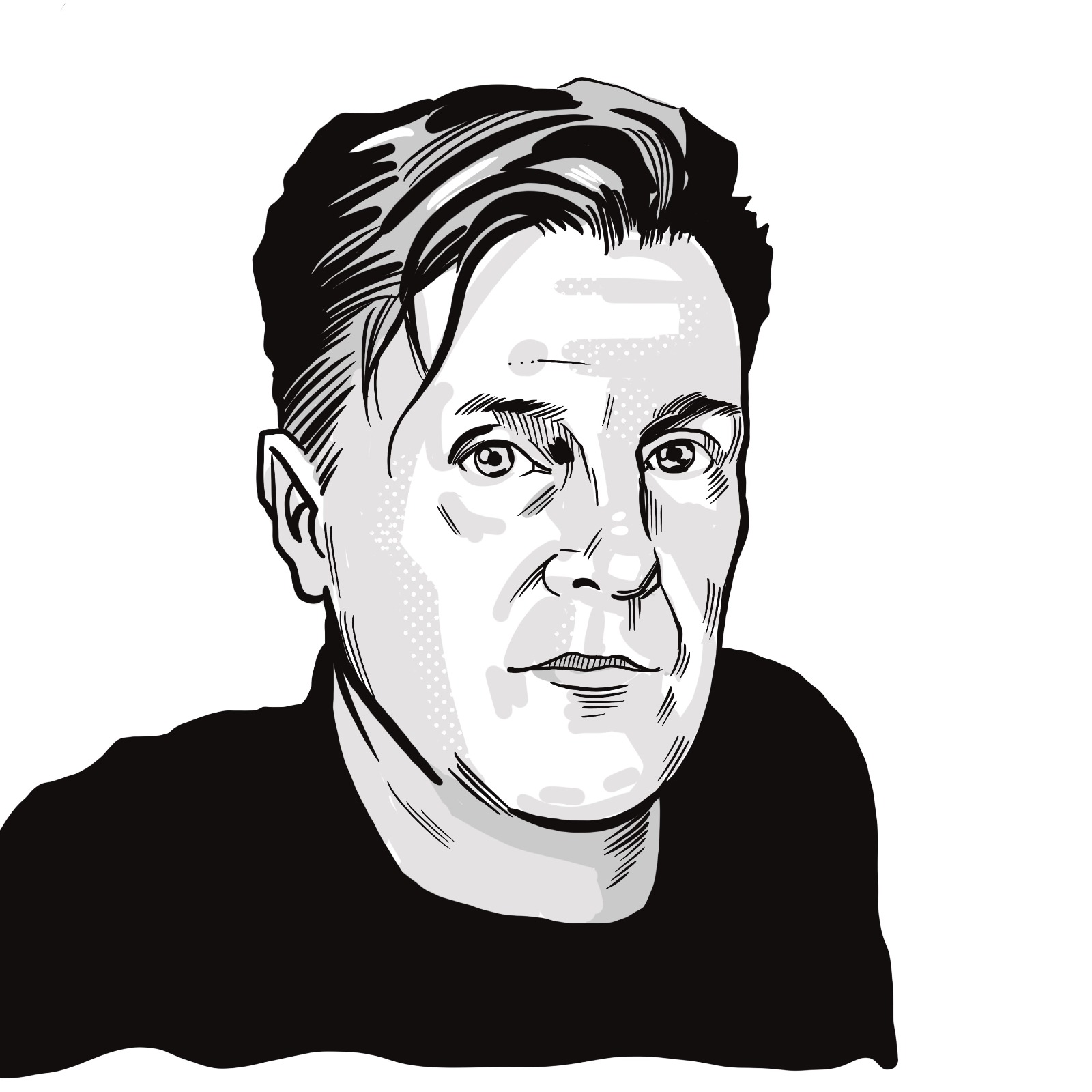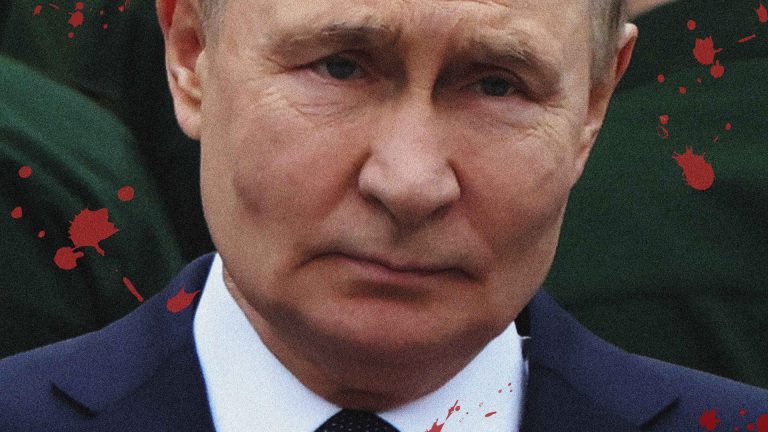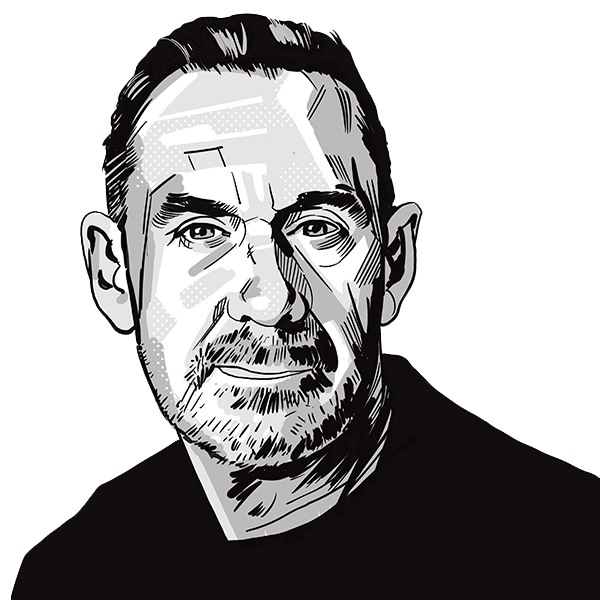When Oscar Wilde visited the US in 1882, he was taken to a saloon where he observed a notice over the piano reading: “Please do not shoot the pianist. He is doing his best.”
Later, Wilde was asked why America was so violent. He replied, “Because your wallpaper is so ugly.” This seemingly flippant reply was in fact a perceptive comment on the lack of beauty Wilde saw in the rapidly expanding US cities he visited, focused on commerce and extracting financial value rather than inspiring the soul. When natural beauty is removed, Wilde was suggesting, what remains for the frustrated individual is destruction.
Before events in Utah last week, many would have classed the controversial conservative activist Charlie Kirk as an agent of the American destruction Wilde saw at the end of the 19th century. Kirk was a man who dismissed empathy and compromise as he raged against blacks, feminists, gays, Jews and Muslims.
Now he has become a victim of that same destruction, shot dead at a university campus event while talking about gun violence. A suspect is in custody, and while the shooter’s motive is still unclear, this seems clearly a targeted and politically motivated killing.
Kirk was a key ally of Donald Trump who, like the president, said deeply unpleasant things about Democrats. Kirk claimed “the Democratic Party supports everything that God hates.” He thought Democrats were wrong about almost everything.
So there was an irony as two of the party’s elder statespeople paid their respects. Former president Joe Biden said, “There is no place in our country for this kind of violence.” Former speaker of the House of Representatives Nancy Pelosi added, “Political violence has absolutely no place in our nation.”
Yet the reality is that violence has a central place in the history of American politics and its intermediacy is growing and not all current politicians are concerned about the growing increasingly violent division.
In 2024, Trump faced two assassination attempts. In December, UnitedHealthcare CEO Brian Thompson was shot and killed in New York in an apparent political assassination to protest a “parasitic” health insurance company and industry as a whole, as well as wider corporate greed.
In April, Pennsylvania governor Josh Shapiro’s home was burned in an arson attack. In June, Democratic Minnesota house speaker Melissa Hortman and her husband, Mark Hortman, were shot and killed by a man impersonating a police officer. The attack also involved state senator John Hoffman and his wife, Yvette, who were also shot and wounded in a separate incident. In August, a gunman attacked the Centers for Disease Control and Prevention (CDC) headquarters, killing a police officer.
Suggested Reading
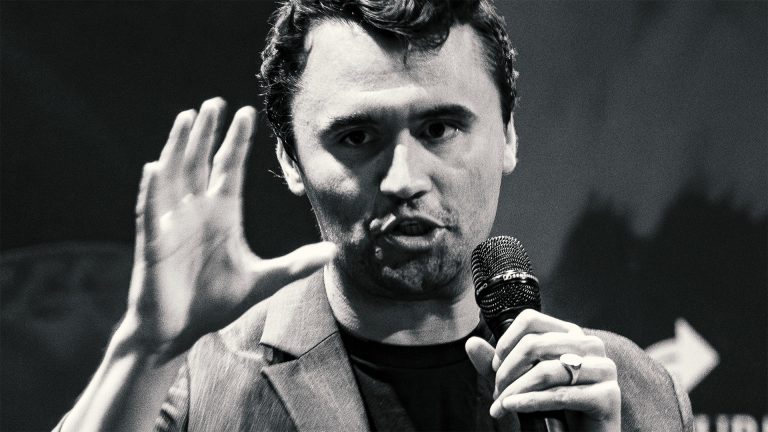
The killing of Charlie Kirk and the new American darkness
US election officials have endured increasing threats from Trump supporters since his false allegations of fraud in 2020. Five police officers died after defending the Capitol on January 6, 2021 – four by suicide – and 150 were injured. Judges and elected officials report increased threats and harassment. Surveys by the Chicago Project on Security and Threats have shown increased acceptance of using violence for political aims across party spectrums and levels of acceptance are increasing rapidly and significantly.
While US political violence is escalating, it is not new. There is a long tradition of political violence in the country, just as it has a long tradition of violence itself. Many of those expressing horror and revulsion in the aftermath of the Kirk shooting are responsible for creating a climate of extreme polarisation and division, in which violence is an increasingly inevitable next step.
Since Abraham Lincoln was assassinated in 1865, three other US presidents have been killed in office. James Garfield was assassinated, walking through a train station in Washington in 1881. Alexander Graham Bell, the telephone inventor, tried unsuccessfully to find the bullet lodged in Garfield’s chest using a specifically designed device.
Twenty years later, William McKinley was shot by an anarchist after giving a speech in Buffalo and died two weeks later of gangrene. John F Kennedy was fatally shot by a hidden assassin armed with a high-powered rifle in Dallas in 1963, launching a pack of conspiracy theories.
As well as the successful attempts, there have been some unsuccessful attempts on presidents Franklin Roosevelt, Harry S Truman, Gerald Ford (twice), Ronald Reagan and George W Bush (a grenade was thrown at him when attending a rally in Tbilisi in 2005).
There have also been three attempts on presidential candidates, resulting in the killing of Robert F Kennedy, the paralysis of George C Wallace and a narrow escape for Theodore Roosevelt, saved by some folded papers and a metal glasses case in his pocket which blunted a bullet’s impact.
After the attempt on Reagan, Congress passed the Brady Handgun Violence Prevention Act, named after staffer James Brady, who was also shot. This required background checks and imposed a five-day waiting period on gun purchases.
Violence permeates all levels of the American electoral system. Many more have died protesting for political change, including the civil rights leader Martin Luther King assassinated in 1968. Since getting the vote, black Americans have faced violent oppression when attempting to exercise their right.
Political violence is hardly surprising either in a society whose history has been marred by the use of force to achieve its rapid growth (the same is true for many other western countries, including the UK). From the genocide of indigenous American peoples and wars of independence through the violence of slavery and a bloody civil war (which saw 600,000 Americans die out of a total population of 30 million) to destructive foreign conflicts and interventions in Asia, the Middle East and South America, nation-building and economic growth has carried a steep price. That the US leads the world in incarceration numbers and rates, is experiencing a steady upward trend in executions since the end of the Covid-19 pandemic and the recent ICE raids can all be seen as forms of political violence.
Parts of American society have made icons of men with guns taking the law into their own hands, be they cowboys, mafia hitmen, unblinking rogue cops taking the law into their own hands or soldiers dispatching uncountable numbers of faceless “others” in unnamed foreign countries.
Whilst experiencing a recent drop in the overall rate of violent crime (before Trump’s performative deployments of the national guard), the US homicide rate is one of the highest in high-income nations, and in absolute terms, more Americans died of gun-related injuries in 2021 than in any other year on record. Firearm-related injury is now the leading cause of death among children and teens.
A decade after the Brady Handgun Act, in response to the escalating use of automatic weapons in crime in the 1990s, the Federal Assault Weapons Ban was brought in by President Clinton, with bipartisan support. In 2004, however, the Republican-led Congress allowed that ban to sunset, and civilian sales of the AR-15s rocketed as the Global War on Terror provided the best advertising campaign Colt, the makers of the weapon could have hoped for. There are now over 25 million in civilian hands.
In recent years, AR-15s have been used in the Robb Elementary School shooting in Uvalde, Texas, in 2022, the Parkland, Florida, high school shooting in 2018, the Las Vegas music festival shooting in 2017, the First Baptist Church shooting in Sutherland Springs, Texas, in 2017, and the Orlando nightclub shooting in 2016. During the Capitol riot, AR-15s appeared on flags with “come and take it” written underneath. As radical Black Power leader Jamil al-Amin claimed, violence is “American as cherry pie” and the AR-15 is synonymously symbolic.
In the aftermath of Kirk’s death, those AR-15s may be being dusted off. Donald Trump rushed to judgement and blamed the “radical left” for the killing, and it would hardly be a surprise if reprisals followed from his supporters.
Suggested Reading
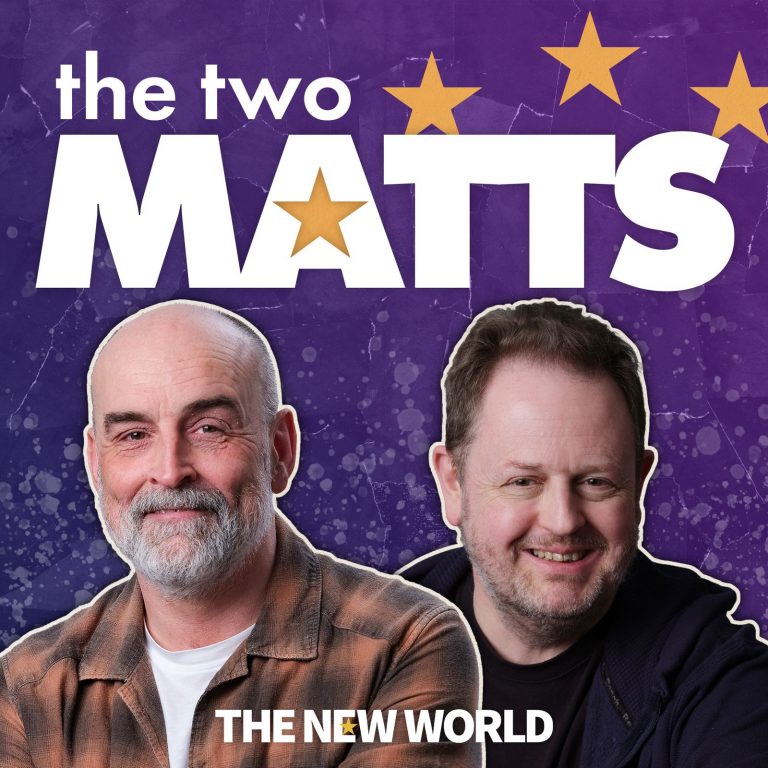
The killing of Charlie Kirk and the fall of Peter Mandelson
The anger Trump uses as a weapon to inspire his MAGA army regularly spills over into violence. Trump’s rallies have been the site of violence from the start, with journalists often the target of physical attacks. Trump has regularly refused to condemn the violence of his supporters (he has repeatedly played down the murderous violence at the 2017 white nationalist rally in Charlottesville, Virginia) and often praised it. Figures who channel the fear and anger of these sections of the population will shape post-liberal America. Trump’s most lasting inheritance may be a miscellany of populisms at either end of the spectrum, right and left, more extreme than any he calculated.
After the first attempted Trump assassination, then-Senator, now Vice President, JD Vance claimed that, “The central premise of the Biden campaign is that President Donald Trump is an authoritarian fascist who must be stopped at all costs…that rhetoric led directly to President Trump’s attempted assassination.” There was no attempt to de-escalate, only attempts to use the violence for their own benefit.
After Kirk’s murder, White House deputy chief of staff Stephen Miller has claimed, “All of us must now dedicate ourselves to defeating the evil that stole Charlie from this world.” Kirk’s widow, Erika, said those behind the killing “have no idea what you just have unleashed across this entire country and this world.” Asked about how Americans can fix the country and come together after Kirk’s shooting, Trump replied that he “couldn’t care less”.
Violence has its own inevitable logic. As much as the shooter who tried to stop Trump provided iconic images that helped propel him to victory, the killer of Charlie Kirk and those yet to come who will try to profit from further political violence will likely experience similar unintended consequences. This won’t stop them, though. In the aftermath of this tragedy, there will likely be further deaths as cheerleaders of violence reap what they have sown.
And the American wallpaper continues to get uglier.
Andy Owen is a former British military intelligence officer

